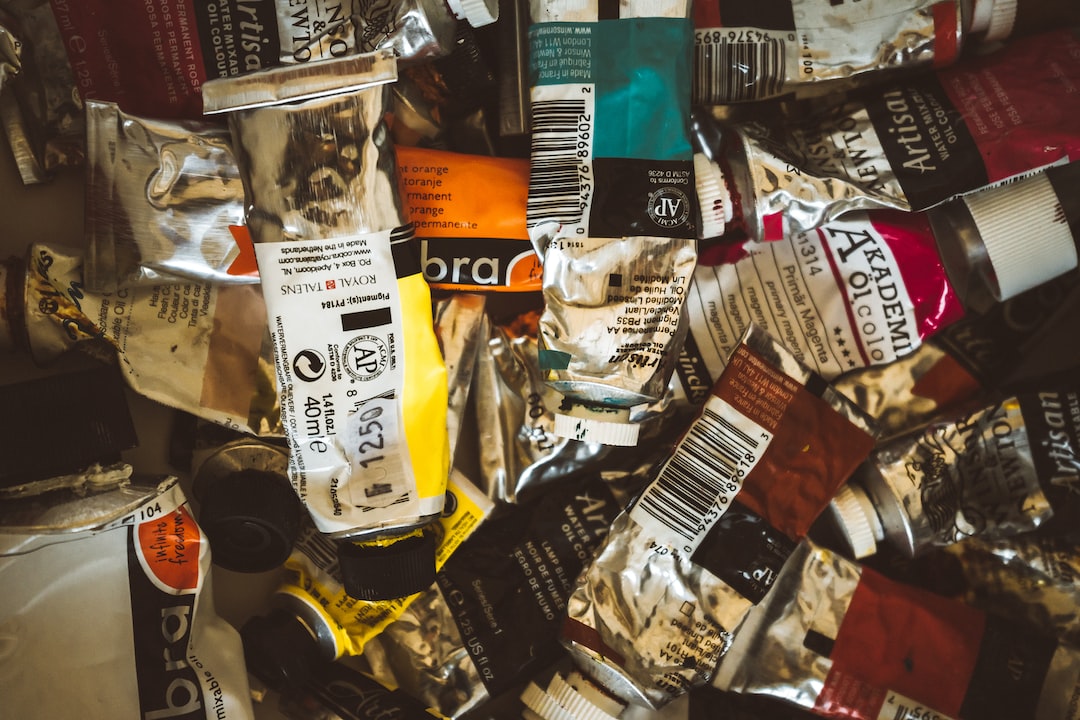Exploring the Connection Between Music and Visual Art: Harmonizing the Senses
Human beings possess the extraordinary ability to perceive and appreciate a multitude of art forms. From captivating melodies that stir our emotions to captivating visual compositions that ignite our imagination, the power of music and visual art is undeniable. Exploring the connection between these two art forms, we can uncover a harmonious relationship that allows us to experience a symphony of the senses.
Music has long been acknowledged as a universal language that transcends barriers and touches the human soul. It has the power to evoke emotions, trigger memories, and create a sense of unity among individuals. Visual art, on the other hand, enchants us with its vibrant colors, intricate details, and thought-provoking imagery. Together, these art forms can create a profound and immersive experience that engages both our auditory and visual senses, ultimately enhancing our appreciation of the artistic world.
One way in which music and visual art harmonize is through synesthesia, a neurological phenomenon that blurs the boundaries between the senses. People with synesthesia experience a unique crossover of sensory perceptions, which allows them to see colors, shapes, or textures when exposed to certain musical stimuli. This phenomenon has inspired artists throughout history to create visual art that represents their synesthetic experiences. Kandinsky, a famous abstract artist, attributed his vibrant and dynamic paintings to his synesthetic perception of musical sounds. This interplay between music and visual art not only stimulates the mind but also immerses the viewer in a multisensory experience, showcasing the transformative power of these art forms.
Another way in which music and visual art converge is through the creation of album covers. In the age of vinyl records, artists recognized the opportunity to visually represent the essence of their music through captivating album artwork. These covers serve as a visual representation of the music’s theme, tone, and emotion. Think of Pink Floyd’s iconic album “The Dark Side of the Moon” with its mesmerizing prism design, or The Beatles’ “Sgt. Pepper’s Lonely Hearts Club Band” with its vibrant collage of diverse characters. These album covers not only add value to the music but also become iconic images that are ingrained in our cultural consciousness, highlighting the harmonious relationship between music and visual art.
Moreover, the realm of cinema exemplifies a powerful convergence of music and visual art. Film scores, composed specifically to accompany visual narratives, are essential in creating an emotional connection with the audience. The music heightens the impact of the visual story, evoking emotions, building tension, and enhancing the overall cinematic experience. Think of John Williams’ iconic scores for the “Star Wars” films or Hans Zimmer’s atmospheric composition for “Inception.” These meticulously crafted soundtracks elevate the visual storytelling by creating a harmonious interplay between music and visual art, capturing the essence of the narratives and leaving a lasting impression on the audience.
In conclusion, music and visual art share a profound connection that allows us to experience the beauty and complexity of the artistic world. Whether through synesthesia, album covers, or cinematic scores, the harmony between these art forms enhances our sensory perception, promoting a deeper understanding and appreciation of both music and visual art. The interplay between these two art forms captivates our minds, uplifts our spirits, and creates an immersive experience that transcends the boundaries of individual senses. So, let us embrace the harmonization of music and visual art and revel in the symphony of our senses.

